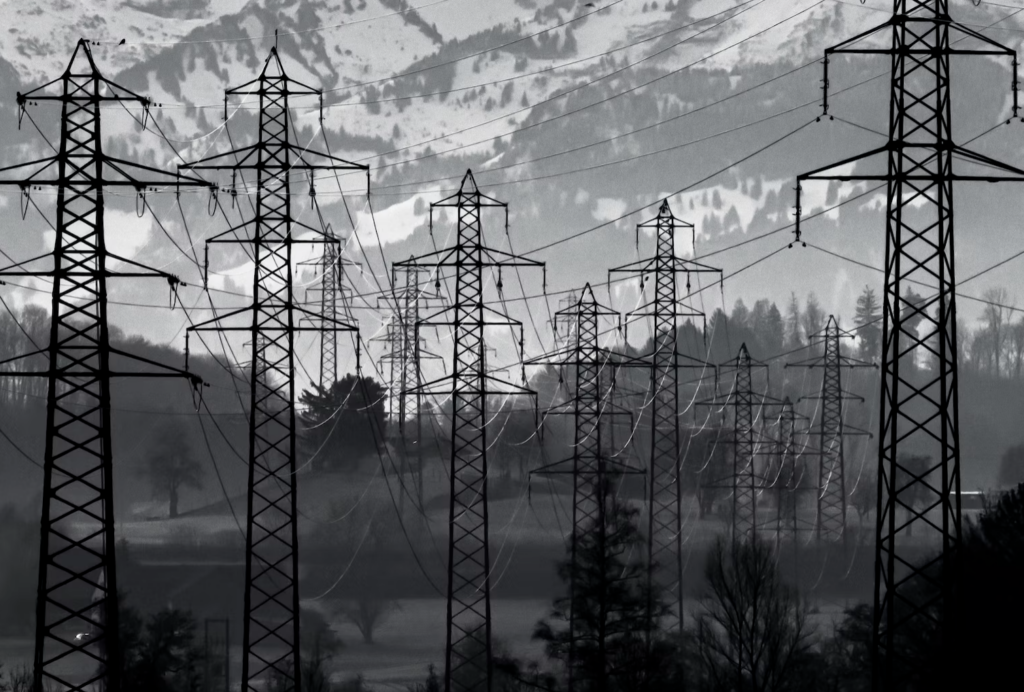Everything You Need To Know About The Power Outage Crisis Plaguing Texas
Much of Texas has been hit with severe winter weather, causing power lines to buckle, power outages, and many trees to fall.
This article is more than 2 years old

A severe winter ice storm hit much of central Texas this week, causing more than 400,000 power outages across the state. Most outages are in the storm’s epicenter of Travis County, where Austin is located, and surrounding counties are unaccustomed to severe winter weather. Although power has been restored for many, around 240,000 homes and businesses remained without electricity as of Friday.
The ice storm left Austin roads covered in ice and fallen trees, with power lines hanging low under the weight of icicles. Communities closed schools and opened warming centers as a loss of electricity also means a loss of heat in many homes. Officials had initially said power should be restored in Austin by Friday night, but they had to backtrack, saying they could no longer provide an accurate estimate.
Travis County Judge Andy Brown said that county and Austin leaders are considering making a disaster declaration to secure more help in cleanup and recovery. “We’re looking at ways to help crews speed up the process because as we get reports back from the roads and the streets of the county, it seems like the number of trees down and debris out there is just massive,” Brown said. “And so, we’re looking at declaring a disaster … and see if that will help us on the cleanup effort.”
In the Dallas-Fort Worth area, about 63,000 customers remain without electricity, according to Oncor, the power company servicing the area. Their website says the company has secured mutual assistance support from nearly 2,000 workers from other utility companies in Texas and neighboring states. In an update, Oncor said, “Damage assessment, vegetation management, and power restoration efforts will continue, both day and night, as we work to restore power to customers impacted by the winter storm.”
Texas Governor Greg Abbott told residents that the outages are not a sign that the state lacks enough power resources, a response triggered by complaints about the state’s failing power grid. “The Texas power grid has maintained ample supply throughout the winter weather this entire week,” he tweeted. “Any outages are due to local issues like fallen trees and downed power lines.”
CPS Energy, which serves the San Antonio area, tweeted frequent updates about the power restoration efforts in that city. As of Thursday evening, all of their outages had been restored. A tweet at 3 p.m. Friday said it was now time to drive north on I-35 and provide mutual aid to Austinites.
The Weather Channel reported that the winter blast resulted in seven deaths so far. Most were due to dangerous road conditions that led to car crashes. A 45-year-old man died after being thrown from his car after he lost control on an overpass, and another person was killed in a 10-car pileup in Austin.
According to the flight-tracking website FlightAware, 60% of flights from Dallas-Fort Worth International Airport were canceled on Tuesday. On Wednesday, 75% of flights were canceled. Things had improved somewhat by Thursday when nearly 30% of outgoing planes were grounded.
The Texas Department of Transportation is still advising residents to stay off the roads if they do not need to drive. Officials also warned those who do drive to be aware of nonworking traffic lights in areas where power has not yet been restored. Fortunately, rising temperatures are already registering across the state, which will help recovery efforts.
The huge Arctic blast from Canada is moving toward the Northeast, with predictions that higher elevations in New England may reach temperatures as low as minus 50 degrees Fahrenheit. Although northerners are far more accustomed to severe winter weather than Texans, storms of this magnitude can also cause power outages there. At the moment, 22 states from Washington to North Carolina are under winter weather alerts as the blast continues its trek across America.




